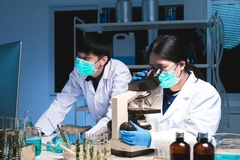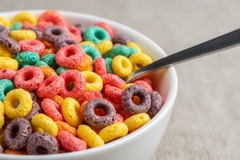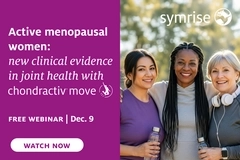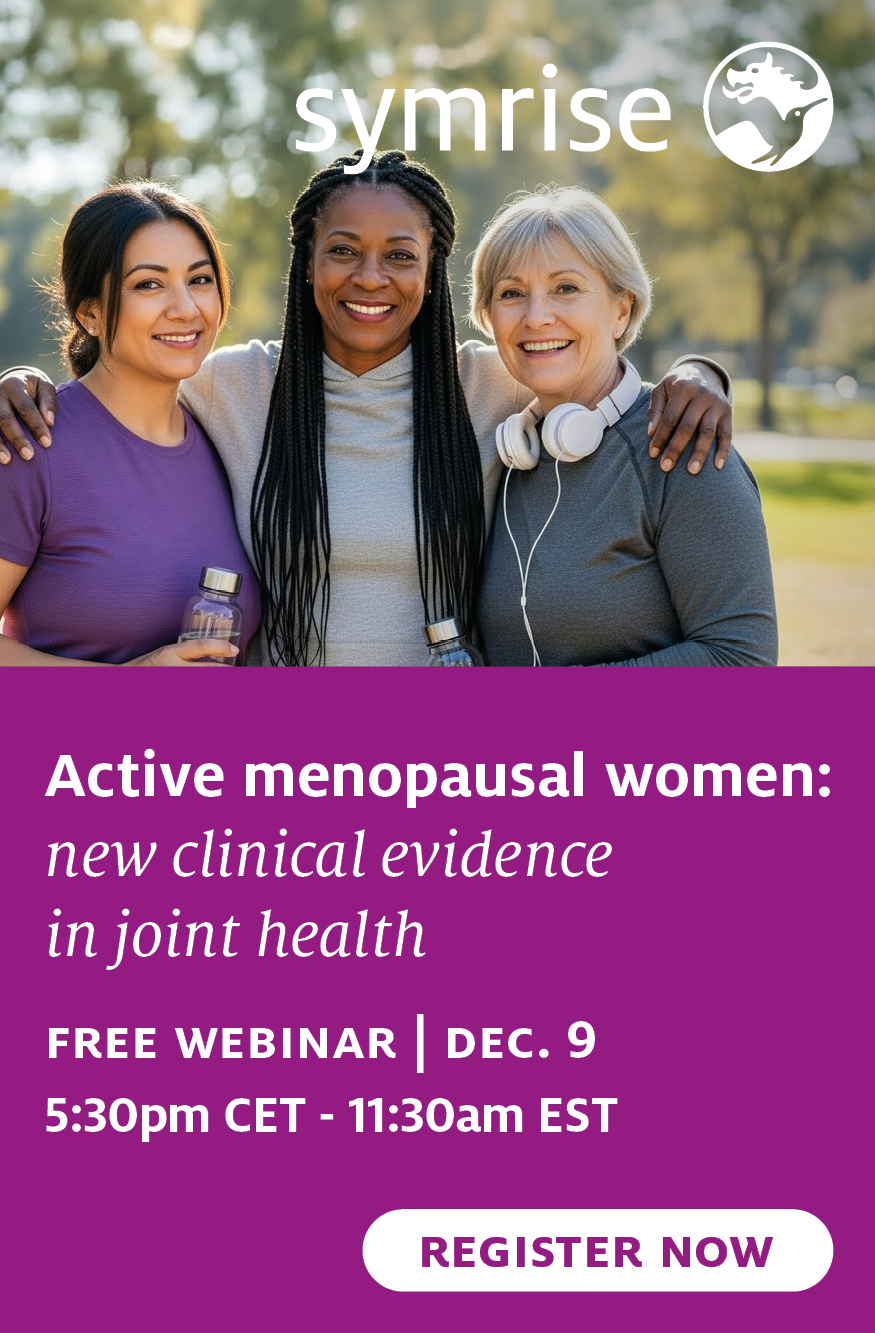Friend of the Sea’s new frontier: Certifying omega-3 sources and ensuring fish welfare with AI
31 Jan 2024 --- One of the pioneers in marine certification, Friend of the Sea is prioritizing omega-3 certification, the welfare of fish as “sentient beings” and using AI to track, monitor and sustain fish populations. Paolo Bray, founder and director of Friend of the Sea, discloses the finer details of these conservation moves in an in-depth interview with Nutrition Insight.
The World Sustainability Organization (WSO) manages Friend of the Sea and Friend of the Earth certifications, which are its major focal points. “Fish meal and fish oil is an increasing source of raw material in omega-3 production because this has been proven to be the most effective way to reduce the impact of the production of refined oils sourced from trimmings and off cuts.”

About eight years ago, the organization was approached by a significant omega-3 distributor who wanted to meet a customer’s request to provide evidence of sustainable practices in the production of their omega-3.
“We then started to audit some of the major fisheries, which are providing fish oil and fish meal. In terms of metric tons (weight of volumes) of the omega-3 supplements, the industry is not using a lot of the omega-3 that is produced — a pity for the fish and fish meal produced together with the fish oil,” Bray laments.
Biggest fisheries worldwide
The omega-3 segment is an important market that sources from the biggest fisheries worldwide, such as those based in Peru and Chile, where the highest volumes of fish are sourced. Omega-3 production represents around 5% of the total catch of fish biomass.
“One needs to understand that the fishing method used to fish small pelagics like those used for fish oil, such as the anchovies and sardines, are normally caught from mono schools — schools of fish which are only made of anchovies or at least over 95%, sometimes 99%,” Bray explains.
“There is very little bycatch and, normally, there is no impact on the seabed because the schools are caught near the surface of the sea. Several of those problems that you find in other fishing activities, such as fishing for shrimp or white fish, you don’t find in this type of fishery.”
“And the biological cycle of anchovies is relatively short, so if well managed, they can recover. But a certification is normally better than a self-claim because it implies an outside audit, which is carried out on a yearly basis,” he says. Friend of the Sea prioritizes omega-3 marine certification (Credit: Friend of the Sea).
Friend of the Sea prioritizes omega-3 marine certification (Credit: Friend of the Sea).
Friend of the Sea requests at least 10% of an audit be unannounced — without the company’s knowledge — to meet stakeholder requirements and the objections procedure of the certification process.
Moreover, a recent marine food production systems study revealed an alarming trend where the global number of fishers has steadily risen since the 1990s despite considerable technological advancements. Led by researchers from the University of Bergen, Norway, the results indicate a decline in productivity per labor unit in the fishing sector, specifically fish per fisher, which can have extensive consequences for food production efficiency, marine ecosystems and fishing communities.
Satellite monitoring and AI
To boost transparency and fairness, Friend of the Sea uses satellite monitoring of fishing vessels to verify that they are not fishing in marine protected areas, fishing outside the “fishing sea zone,” or carrying out unauthorized transshipment — the unloading of goods from one ship and loading it to another.
“We do all this monitoring and will make the use of CCTV on board mandatory soon. The technology is there to support audits. In some cases, audits can be done remotely in a very efficient way, gathering a lot of information,” Bray explains.
Additional measures being undertaken by WSO, which oversees Friend of the Sea, will be to use AI.
“It is progressing in a very fast way together with the integration of AI, which can be used without the need for observers to constantly monitor the satellites of the CCTVs, which is very time-consuming work. Films that are recorded sometimes last the whole time the vessel stays out at sea, which could be three months, and it’s very difficult to review.”
“AI is there to help and it’s something that we use from third parties to make the available data. It is increasingly useful to assess the impact on fishing activity,” Bray says.
Meanwhile, the World Wildlife Fund-US launched the Oceans Futures platform, which pinpoints the global seascapes forecasted to experience climate-driven fisheries migration — potentially resulting in conflict or nutrition and food insecurity. The system will provide early warning signals, allowing authorities to take conservation action and prevent conflict.
Sentient consciousness Paolo Bray established the World Sustainability Organization 15 years ago, which today encompasses Friend of the Sea and Friend of the Earth (Credit: Friend of the Sea).
Paolo Bray established the World Sustainability Organization 15 years ago, which today encompasses Friend of the Sea and Friend of the Earth (Credit: Friend of the Sea).
A crucial step being undertaken by Friend of the Sea is fish welfare, in which the organization will appeal to the industry to recognize that “fish are sentient animals.” For example, the organization will implement stricter protocols for aquaculture that respect welfare.
“Also, in fishing, there are some impacts at the moment of the catch where we can reduce their suffering just as it’s done for land animals. There are different fishing methods, and some could generate more pain to the fish,” Bray explains.
“For example, purse seine normally is a more rapid fishing process and theoretically less painful than trawling, which squashes the animals. Or hooking for long hours where the fish is kept for a long time at the hook.”
“Imagine, for example, using CCTV to verify that the fishing method is safe for dolphins, that there are no dolphins where the net is deployed. One thing is to have an observer who has to review all the fishing activities. AI can also review it and immediately tell us — there was no presence of dolphins in the area when the net was deployed.”
Friend of the Sea is also expanding its conservation initiatives to reduce whale ship strikes, a major source of mortality and entanglement in fishing nets. About 20,000 whales are killed by ship strikes and at least 20,000 by entanglement.
“Normally, these ship strikes are caused by big cargo vessels which don’t even realize that they hit the whales. We are raising awareness around this — promoting the use of thermal cameras to verify the presence of whales nearby and minimization strategies that are also turtle safe, such as turtle excluder devices in trawlers,” Bray concludes.
Meanwhile, the B2B sector is developing plant-based sources of omega-3 to ensure environmentally sustainable sources of these fatty acids. For example, the European Commission authorized DSM’s (now dsm-firmenich) plant-based omega-3 solution for fish and meat alternatives.
By Inga de Jong















